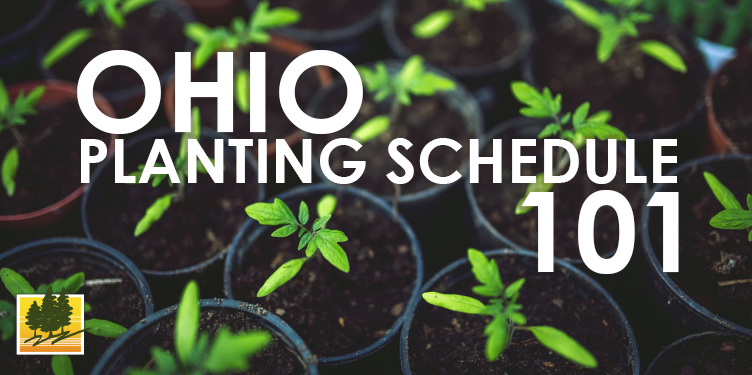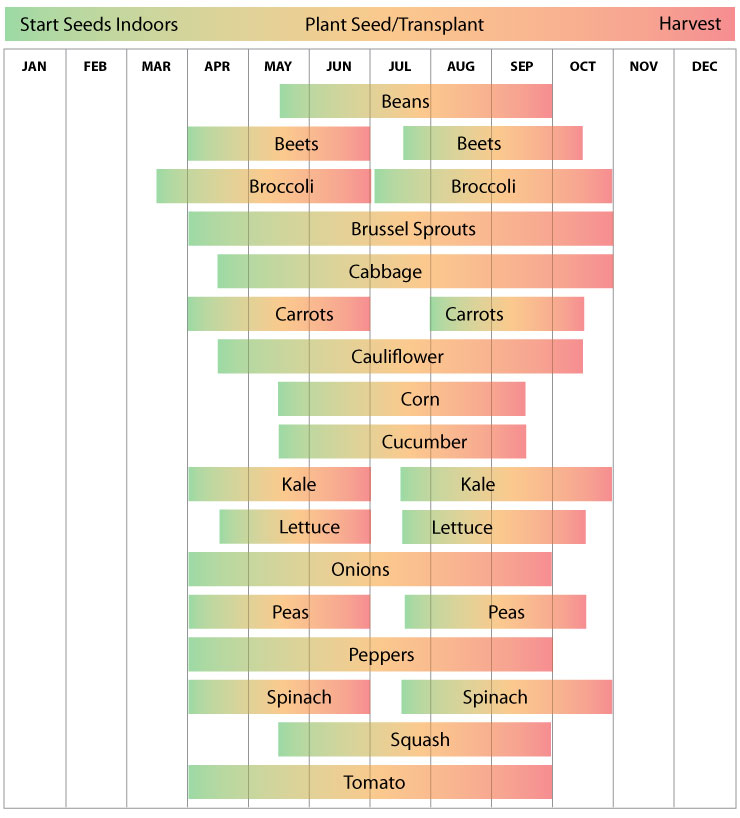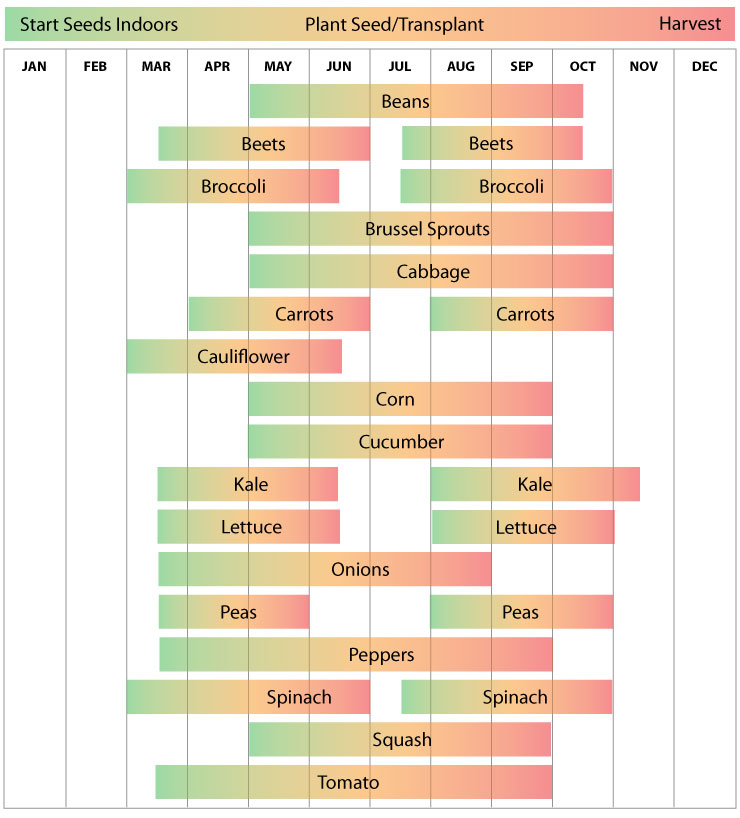Planting Schedule For Ohio 101 (Zones 5 & 6)
To the gardening novice, knowing when to plant what can be a challenge. How do I give my garden the best chance to thrive? While there is always different opinions and traditions; below we assembled some great resources for you to reference. Weaver Barns has the finest Amish Country gardening sheds & barns right here in the heart of Ohio’s Amish Country; Sugarcreek, Ohio.

USDA Plant Hardiness Zone Map
This site explains the zones and enables you to find your location. This is more if you want to see the actual map; regionally and nationally. However, really the primary information you need to know is in the next section. The graphics below will actually show you planting schedules.
“The 2012 USDA Plant Hardiness Zone Map is the standard by which gardeners and growers can determine which plants are most likely to thrive at a location. The map is based on the average annual minimum winter temperature, divided into 10-degree F zones.
For the first time, the map is available as an interactive GIS-based map, for which a broadband Internet connection is recommended, and as static images for those with slower Internet access. Users may also simply type in a ZIP Code and find the hardiness zone for that area.
No posters of the USDA Plant Hardiness Zone Map have been printed. But state, regional, and national images of the map can be downloaded and printed in a variety of sizes and resolutions.”
Not sure where you fall in the zones? Visit their website and plug in your zip code and it will give you more details about your location. Generally speaking Ohio has warmed up which allows you a wider window in which to plant and harvest.
Ohio: Vegetable Planting Calendar
Timing your seed planting and transplanting is drastically important to the health and production of your garden. First and Last Frost dates are a huge factor in dictating planting and harvesting estimates. Even if you decide to purchase plants that are already started at a local greenhouse; you can still use this calendar to time out when you should purchase/plant them in the ground. We hope these resources are helpful to your garden planing process.
If you decide to start your seeds indoor you can start them in a kitchen with natural light or gardening shed with windows. Weaver Barn’s sheds & barns can be customized with plenty of windows for natural light and shelving to store seedlings or gardening tools. Also, a quick search online should bring up plenty of local greenhouses to purchase seeds, seedlings or more developed vegetable plants.
Ohio Planting Zone 5

Ohio Planting Zone 6

Ohio: Flower Planting Schedule
You can use the above zones when factoring when to plant your flowers around your home, garage or shed. Generally speaking your are safe to plant established flowers soon after our last frost. Some safe picks that many have had success are listed below.
Easy Annuals: These are plants that grow for one Summer.
- Marigolds – These beautiful rust, orange and gold flowers bloom till fall and need little attention from you once they are established.
- Petunias – These local favorites do well in heat and do very well potted or in your gardening beds. They need little care through the summer other than watering.
Perennials: These are plants that grow year after year and need minimal attention.
- Hostas – These plants are very durable and need little attention year after year. They add some green and white to your beds.
- Sedum – A Succulent variety that needs little to no attention. Needs almost no watering. Pink flowers bloom in late summer. The greenery will crawl across your beds.
Let us know in the comments below: Do you prefer Annuals or Perennials?